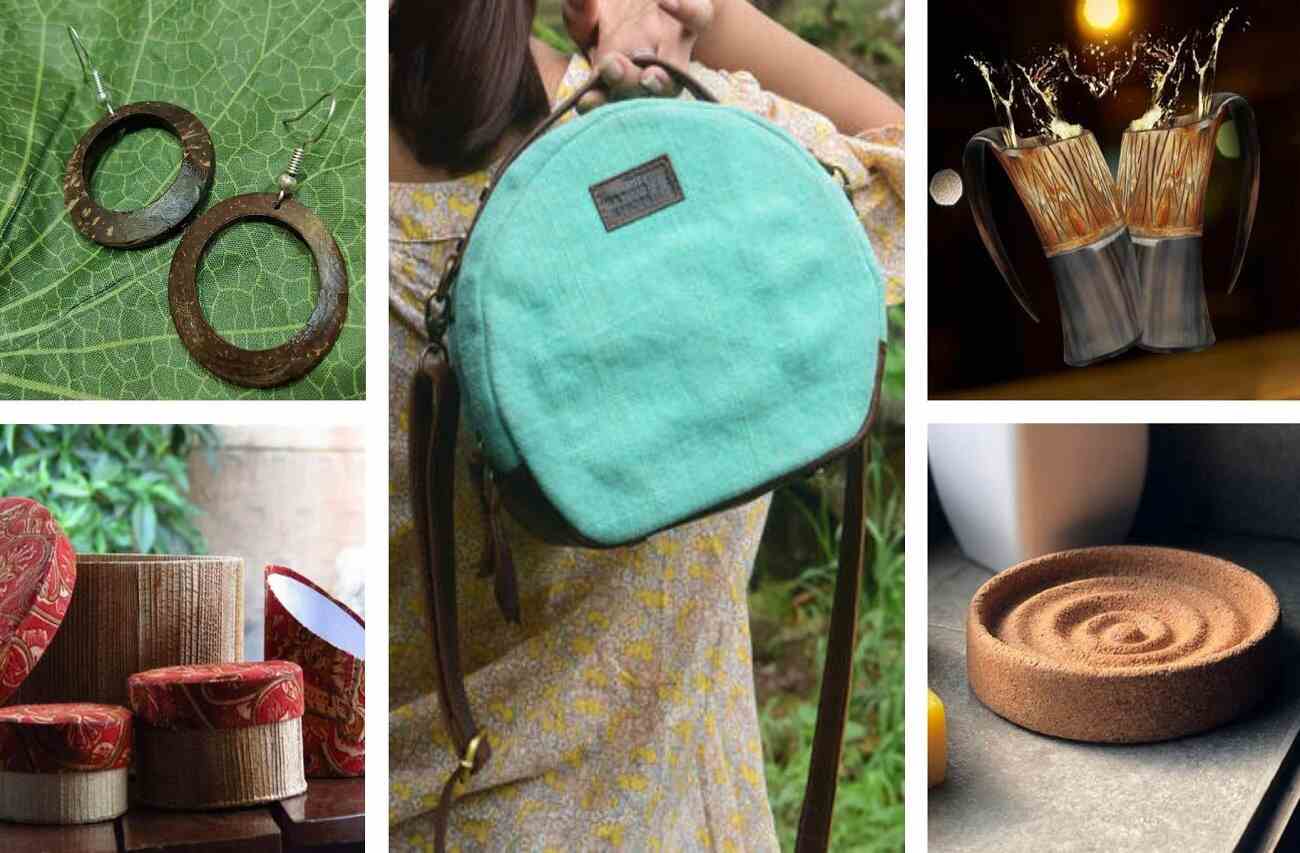
7 innovative materials Qalara sellers use
he world of design is an ever-changing, mercurial, constantly-evolving arena. Come a new day, newer trends take over, some of which stay, some fade away. Each time though, these trends create a market for fresh products which feature inventive designs, quirky forms, modish themes, and innovative materials.
According to famed American product designer, architect and filmmaker Charles Eames,
Design is a plan for arranging elements in such a way as best to accomplish a particular purpose.
Essentially, design has to be purposeful and should resultantly cater to several concepts such as usability, functionality, aesthetics or even the newly emerging ideas of sustainability, utilitarianism, inclusivity, and more. The only prerequisite is that design ought to be innovative!
Good design is always innovative! In this piece, the discussion will be woven around the use of unconventional materials that culminate into distinctive products. Also featured at a glance are offerings from some of Qalara’s partner-sellers and artisans. Their quest to utilize innovative and eccentric materials to create products is visionary and ever-inspiring!
We’ve all heard of vases made out of ceramics, bags made out of faux leather, and scarves made out of silk, but every day, with progress in research and development, there are some materials that are emerging as the up-and-coming alternatives to commonly known material types.
Very recently, the same was witnessed in the world of fashion. At the Paris Fashion Week 2022, model Bella Hadid donned a slip dress that was spray-painted on her on the runway minutes before she strutted on ahead wearing it! This spectacle of a moment opened new gates in the world of couture. It made everyone astonished at the remarkable leaps made by fashion-designers who harnessed innovative techniques that sought to dazzle and inspire!
Lined up ahead are 7 quintessential materials our sellers rely on as raw elements to make products that encapsulate ‘innovation.’
Discarded flowers
According to reports from IMARC group, the Indian floriculture market reached INR 231 billion in 2022 with flower production estimated to be nearly three million metric tons! Expected to hit INR 460 billion by 2028, the bustling floriculture market will exhibit a growth rate of 13.1% between 2023-2028.
Most of the demand for flowers arises out of domestic needs. Flowers are also consumed on a large scale for commercial means. That is, to commemorate celebrations such as birthdays, anniversaries, marriages and other occasions like parties, religious ceremonies, valentine’s day, etc. Apart from that, aesthetic and decorative applications have also created a huge market for flowers. A substantial amount of flower consumption is brought about by industries and manufacturing houses. This is mostly to produce fragrances, natural colors, and medicines. And given the forecast, these consumption habits will be on an ever-increasing high in the time to come.
With such a great demand for flowers, one can imagine the colossal quantity of floral waste generated. Flowers that are offered to deities in Indian households make up 8 lakh tonnes of waste each year! This is where the narrative can take an interesting turn. There are many ways to repurpose domestically-used flowers. This can also be done at an individual level. One can make potpourri, compost, dried flower bookmarks & note cards, floral frames, DIY soaps & candles, bath salts, floral surface cleaners, and whatnot!
Many products made using biodegradable floral waste grace Qalara’s catalog too! In particular, there is one brand whose mission it is to salvage the floral waste and upcycle it all! Let’s take a look at some premium products that are made using sacred floral waste collected from temples across India.
Bones & horns
A land of never-ending diversity, India enjoys its title as the ‘hub of handicrafts.’ Many craft forms, along with their regional variations, thrive in this land. While some of them are dying gradually, some art forms are preserved and are passed down from generation to generation. Having survived for centuries, one such form is the bone & horn craft. This refers to harnessing the horns and bones of dead animals and repurposing them. It is important to know that these materials are procured by legal means only once the animals are dead and are hence fully eco-friendly.
It simply cannot get more innovative than this!
Artisans with their expertise and the sophisticated use of tools carve out superb designs using buffalo horns, and bones. The tedious creative process can take hours altogether, with the artisans carving fine details and revamping the bones & horns with aesthetic ornamentation. Not just jewelry but many other artefacts such as trinket bowls, pen stands, tea light holders, napkin rings, jugs, trays, and frames can be made out of these materials. The numerous ways in which bones & horns can be utilized will truly leave one awestruck! Have a peek here!
To read about the extraordinary bone and horn craft prevalent in India’s Sambhal region, revisit one of our previous stories here: A sneak peek into Sambhal’s unique bone & horn craft.
Banana bark fiber
The bark of the banana tree produces a fibrous substance that is utilized in the handicrafts industry aplenty. It happens to be of good-quality and textile-grade and is known popularly as banana fiber. This organic fiber is concentrated on the outer surface of the banana plant. From here, it is harvested and used as a raw material to make a wide gamut of eco-friendly products such as baskets, mats, boxes, textiles, rugs, bags and other decor beauties!
With sustainable product development in the foreground, we have artisans who rely on this biodegradable green material to emphasize and encourage the use of such fibers. Even though completely natural, banana bark fibers are immensely strong and have an enormous potential to culminate into fine offerings that remain durable and inimitable as documented in one of our pieces here Banana craft: A wholesome tradition.
Cork
A natural and inexpensive material, cork has risen to become popular in recent times for its sustainable, versatile and eco-friendly/vegan traits. It has become a go-to material for established and even up-and-coming product designers, engineers, architects, and innovators to experiment with. Cork composites are on a constant upswing for the remarkable properties they exhibit as well as their great functional value. These are unique texture, lightness, flexibility, temperature-resistance, and fire retardancy among many others!
Endowed with a long stretch of excellent qualities, cork can be used to make a series of products across numerous commercial categories such as home decor, food & beverages, furniture, stationery, kitchen, and fashion. This is in addition to its monumental use in the industrial, civil development, and technology sector to produce wall tiles, insulation for ceilings & roofs, and in the construction of concrete structures like dams and tunnels.
Cork earns its tag of being an eco-friendly material due to its 100% natural, biodegradable, and recyclable traits. Moreover, it does not emit cyanide or any other harmful gases when burnt. It is harvested from the bark of the Quercus suber or cork oak trees. These are native to southwest Europe and northwest Africa. Today, Portugal and Spain are the top two countries that grow and mainly export cork globally. Portugal holds around 1/3rd of total cork tree area and contributes to 50% of global production of cork!
The cork-yielding process is safe and renewable from start to end as cork is harvested from only the bottom part of the trees. In fact, the removal of the outer layer of the bark – to obtain cork – ends up enriching the tree itself! This is because the harvesting stimulates the occurrence of regeneration in the tree, thereby rendering it healthier! Since the trees are not damaged or uprooted, they can continue to live on and play their vital roles in the ecosystem.
Who knew a simple material like cork would enter and thrive in the world of design. Who knew it could have countless uses and could adapt to the needs that arise across various fronts, from home decor to even technological evolution! Give this material a seal of approval yourself by checking out how Qalara’s seller community is making its best use.
Coconut shell
When it comes to product development, inventive and out-of-the-box thinking can help creators realize the abundant applications and virtues that a material might hold. Inspired by the concept of holistic and efficient utilization of natural materials, there are pockets of artisans that use coconut shells to build contemporary lifestyle products. The creative use of coconut shells is a representation of boundless innovation hand-in-hand with sustainable product designing!
A ubiquitous and versatile material, coconut shells are low in cost, light, eco-friendly, sturdy, and renewable. Hence, the products made using these shells tend to be organic as well as durable. They are an exceptional natural alternative to cheap plastic products, and can be repurposed to make humble home essential and decor items such as bowls, spoons & ladles, candle holders, cups, keychains, and even tiny planters!
India is the second-largest producer of coconut in the world. While the kernel of the coconut is consumed, the shell and husks are usually discarded. But now, there has arisen a significant demand for these shells. They are mainly used as raw materials and by-products in the handicrafts industry to make unique forms of art and utilities. Over the last few decades or so, coconut shell craft has garnered popularity and its due recognition in the commercial industry for producing 100% eco-friendly and innovative products. These very picturesque coconut shell offerings retain simplicity and flaunt unique forms.
Qalara has a niche and a very on-demand range of products made using coconut shells. Nowadays, with the focus being on practicing some levels of eco-friendly consumption, these sustainable and uniquely crafted artefacts are among the most-loved handicrafts for conscious buyers.
Burlap
Dense and eco-friendly, burlap is a fabric woven out of the skin of the jute plant. It can also be made out of sisal fibers, flax, hemp or compositions of other vegetable fibers. Also known as hessian and crocus, burlap is a natural, biodegradable, long-lasting, breathable, tear-resistant, and high-strength material. It can be used to make a wide variety of clothing, home furnishings, decor, upholstery, and craft items.
Geographically and historically relevant to the Indian subcontinent, burlap was first exported out of the 19th century India to the UK. Not long after that, mills started booming around and by 1939, India had around 68,000 looms functioning at high efficiency, making the country the largest jute producer! Even today, India continues to be the largest exporter of jute, from where burlap is derived. Countries like Bangladesh, China, Myanmar, Thailand, and Brazil follow up next and make substantial jute exports internationally.
Outshone for the longest time by synthetically manufactured materials, fibrous elements such as jute and burlap are making a comeback now. Burlap, especially, with its versatility, can cater to several needs right from fashion and landscaping to gardening and furnishings!
Take a look at how this brand on Qalara is giving a luxurious and innovative spin to the eco-friendly burlap. Marked by the qualities of sustainability and modish build, there are several styles of carry-on accessories in this brand’s catalog that ‘bag-up’ style, character and reliability. Responsible consumption has never looked this good!
Beeswax
Most often discarded as waste, beeswax is the by-product of the honey harvesting process. It is a complex liquid secreted by the special wax glands of young worker bees during the process of building honeycombs. Beeswax is composed of hydrocarbons, fatty alcohol, and fatty acids. It is hydrophobic, antimicrobial, and has a long shelf-life which has led to its use in the cosmetics and skin/body care industries. All natural and scented, beeswax can be reused indefinitely after reheating, as it never expires or stales!
In the days of yore, beeswax used to have a string of pharmaceutical and medicinal uses. The ancient Egyptian civilization used beeswax as the main ingredient for preparing ointments and creams to treat burn wounds and joint pain. Meanwhile, the ancient Romans worked with a mixture of beeswax, oil, and rose water to soothe burns, cuts, wounds, and bruises. Similarly, the traditional Indian field of Ayurveda medicine suggested use of beeswax to heal wounds and abrasions! How enlightening it is, indeed, to realize that several bygone civilizations, so oblivious to and disconnected from each other, came around to identify and rely on the same element for its useful healing applications.
Today, blocks of beeswax can be purchased online or be sourced locally to make an array of home, beauty, and cooking essentials. Beeswax can be utilized to make an exciting bunch of DIY articles like candles, lubricants, food wraps, polishes, anti-rust agents, balms, lotions, creams, and even body butter!
Conclusion
Innovation never stops. Therefore, why must one confine themselves to the four walls when they can venture out and discover many newer, original, and creative methods of modelling products that end up contributing towards effective usability as well as bring about advancements in the world of design.
With these innovative materials – and many more – ideators, designers, artisans and crafters open up doors to limitless possibilities all waiting to be tapped. Giving products an artisanal twist, we at Qalara have a selection of some of the most talented sellers and collaborators who strive endlessly to present offerings that are indeed ‘innovation’ personified!
Which of these materials did you find to be the most innovative? Let us know in the comments below and reach out to us to source from a range of artisanal, eco-friendly, and innovative offerings!
~ Written by Gauri S



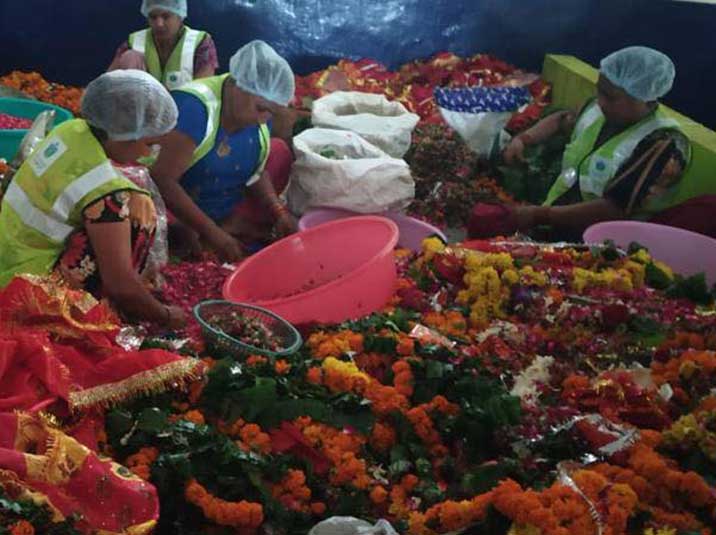
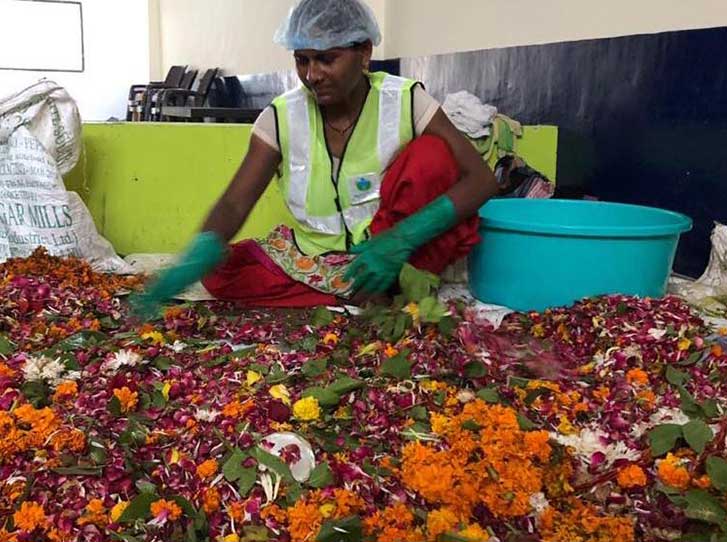
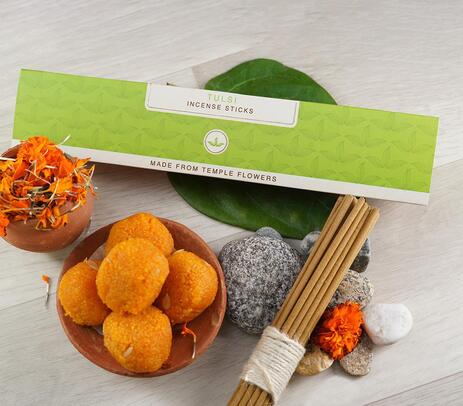
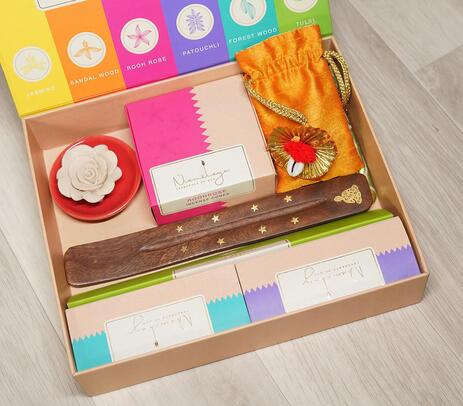
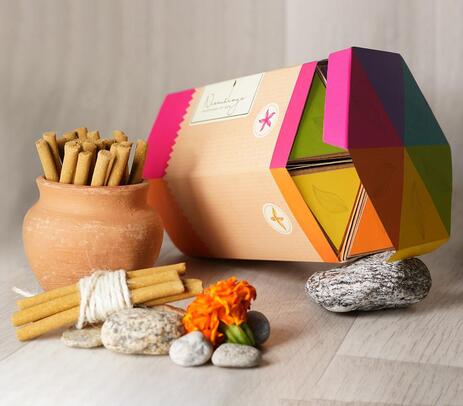
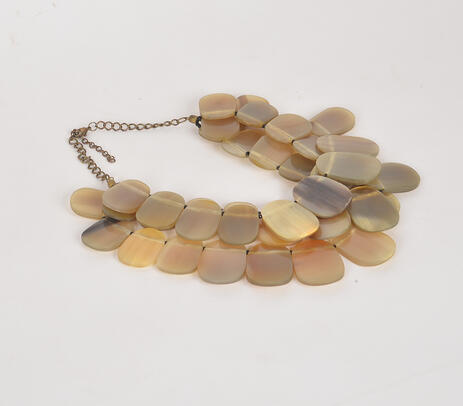
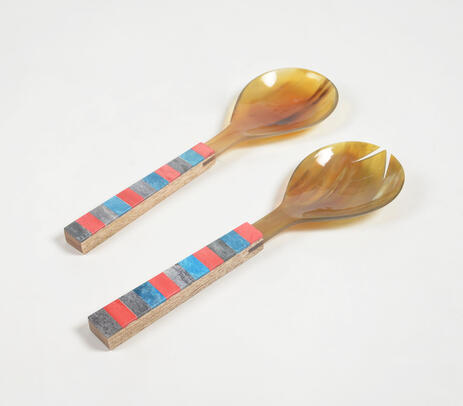
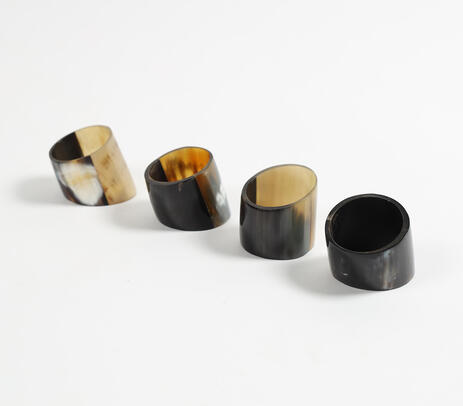
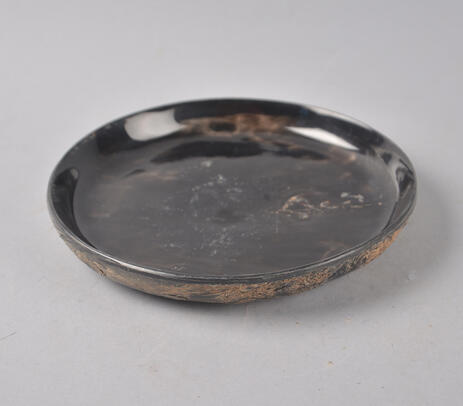
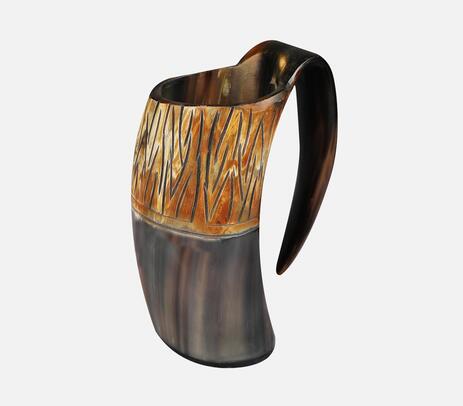
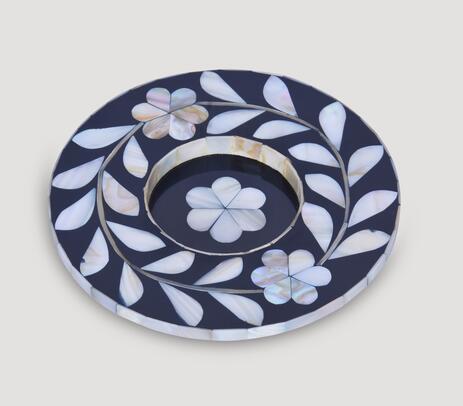
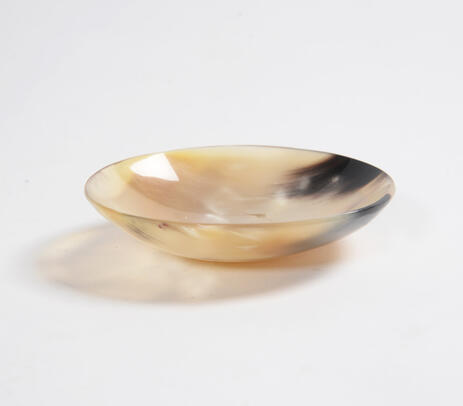
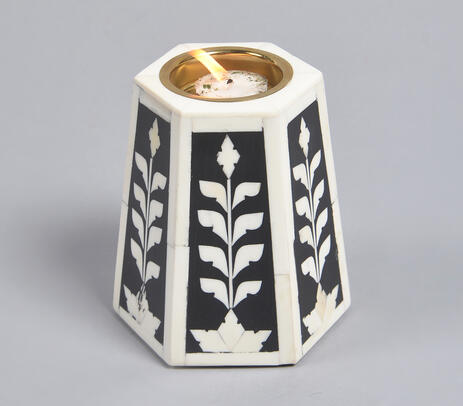
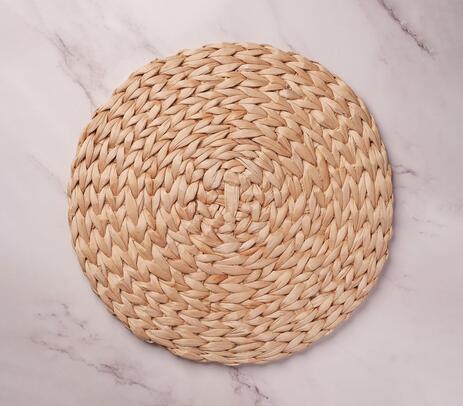
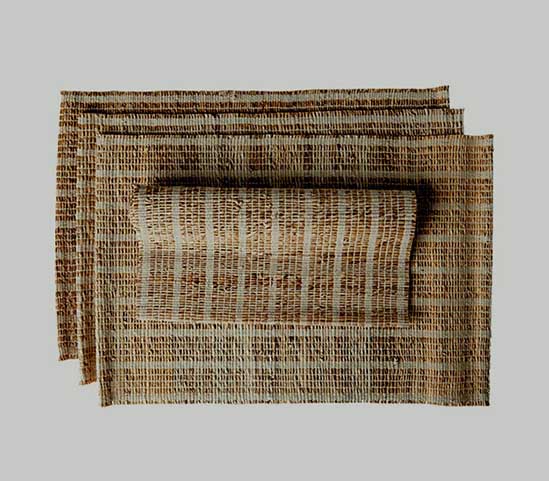
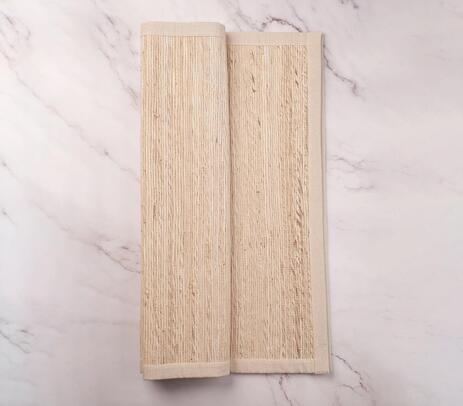
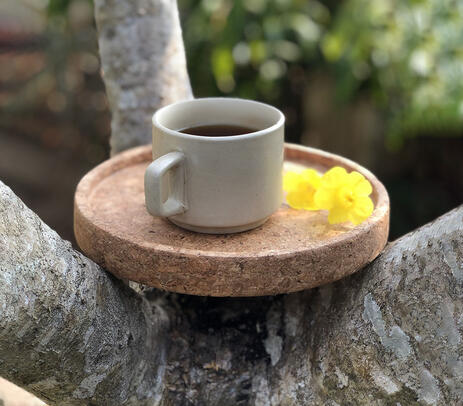
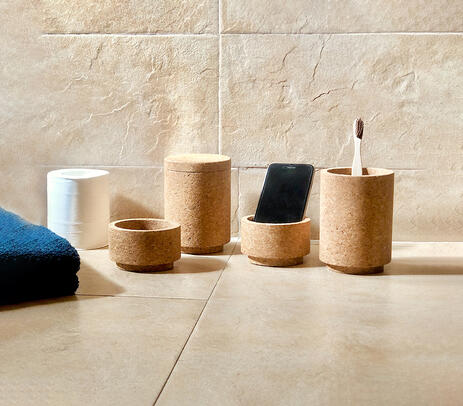
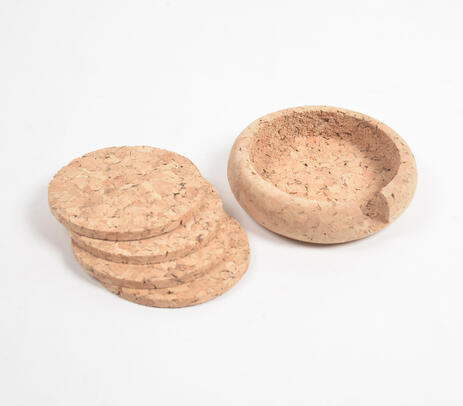
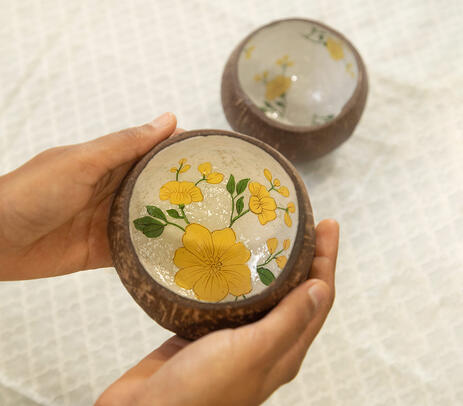
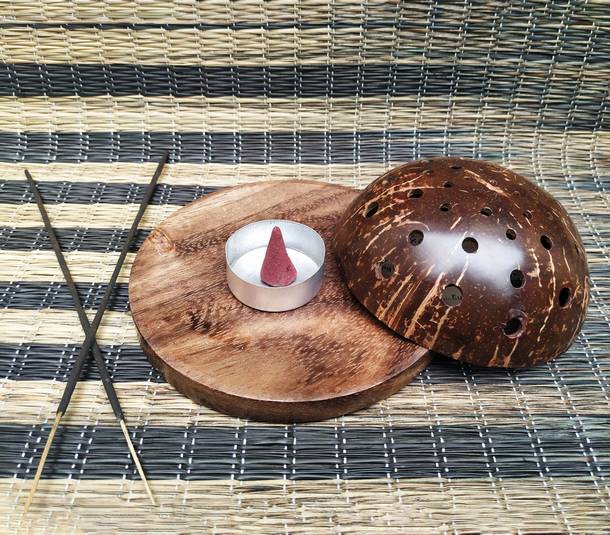
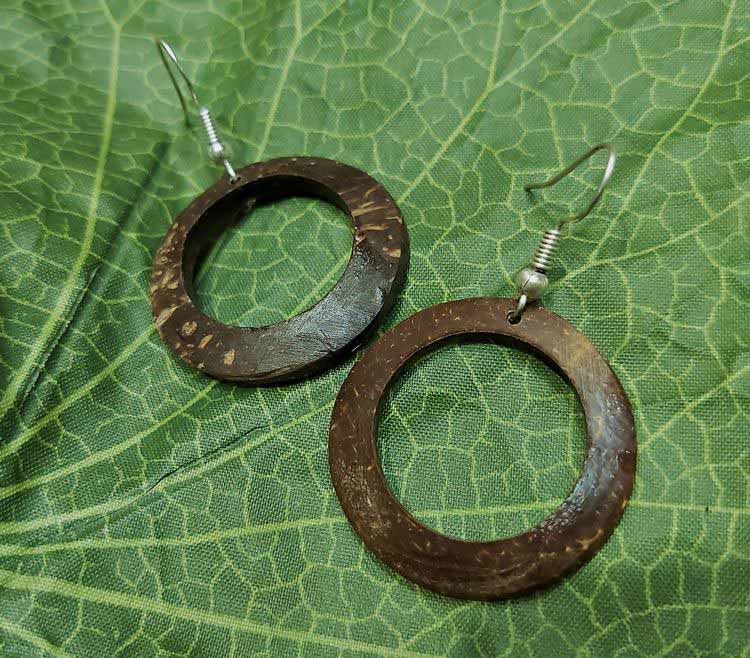
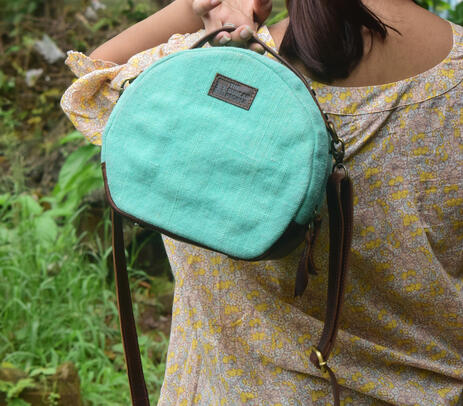
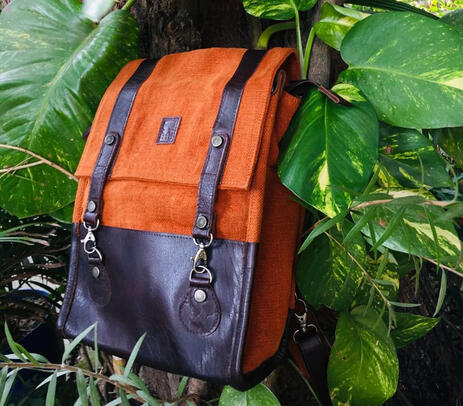
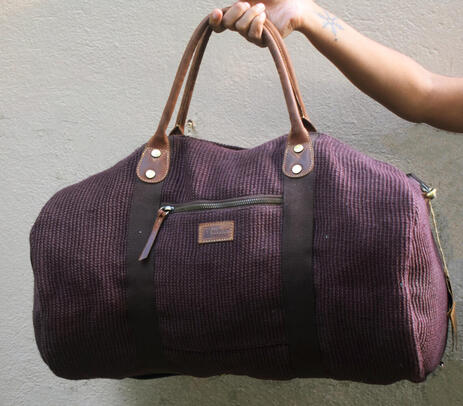

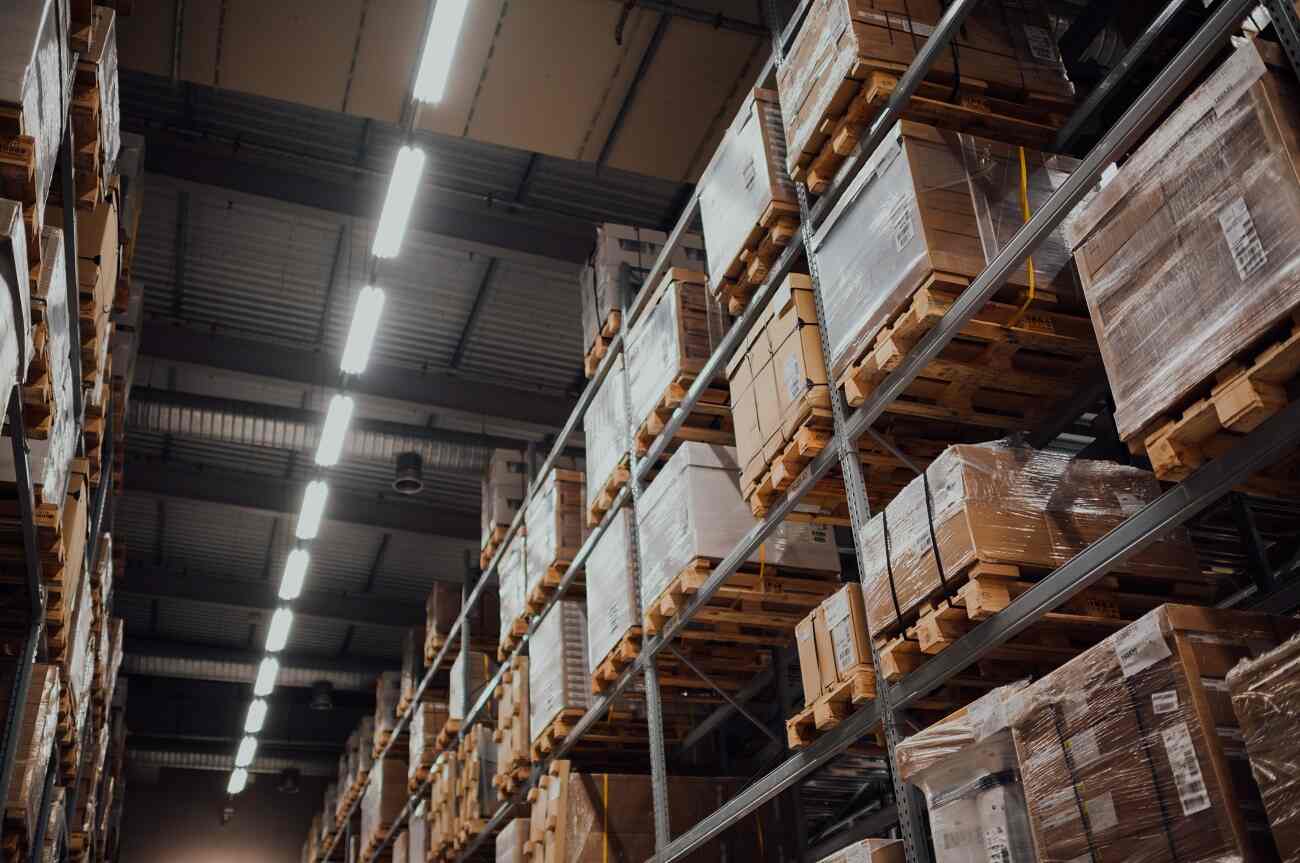
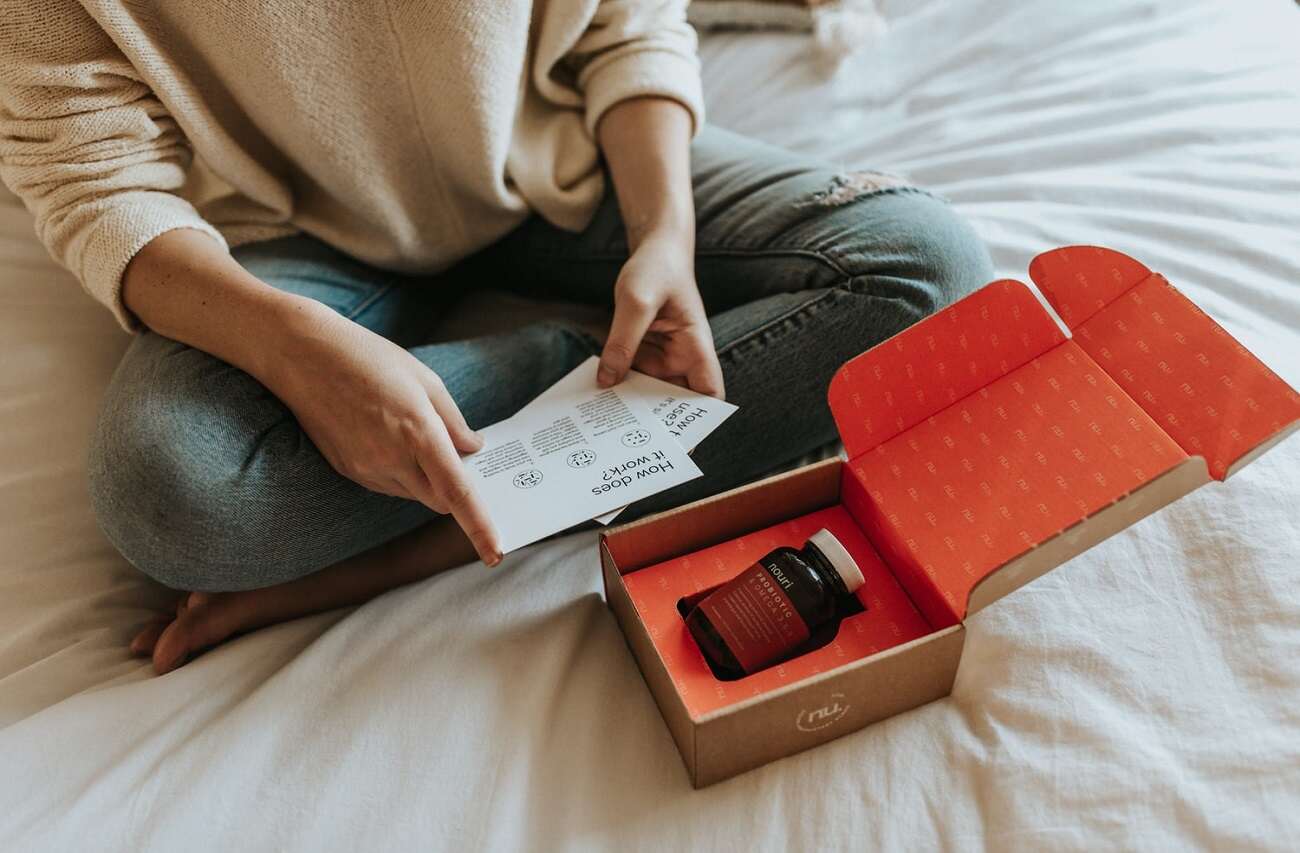
Leave a Reply